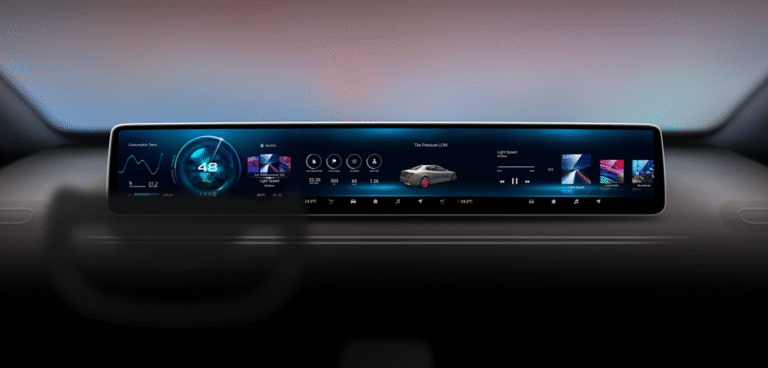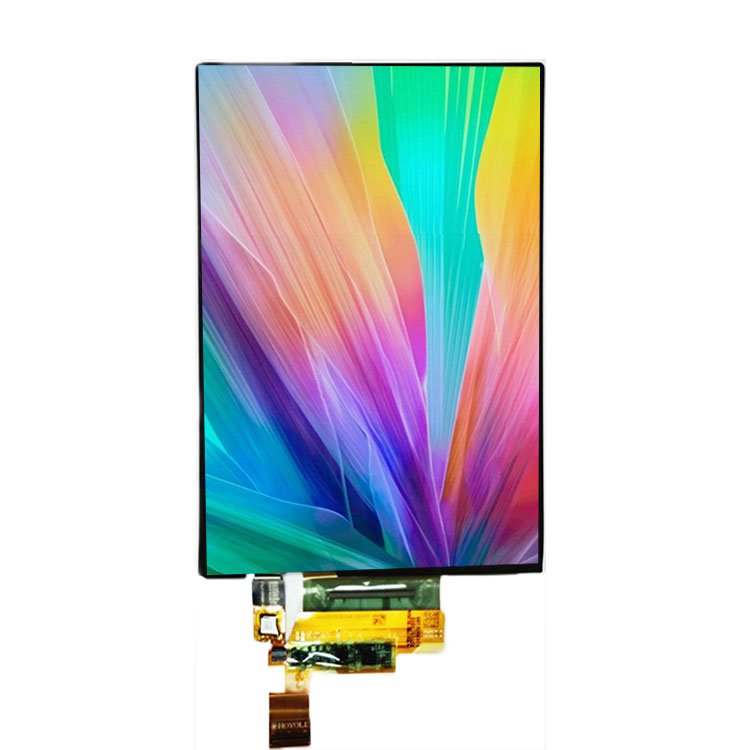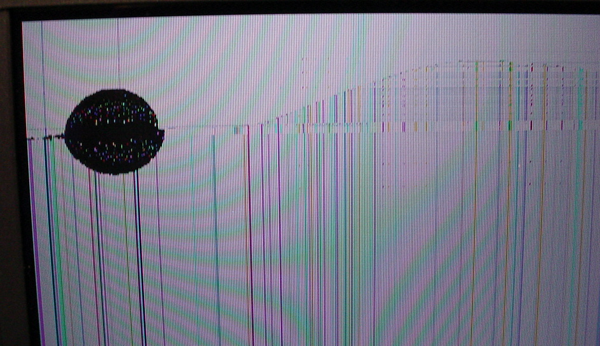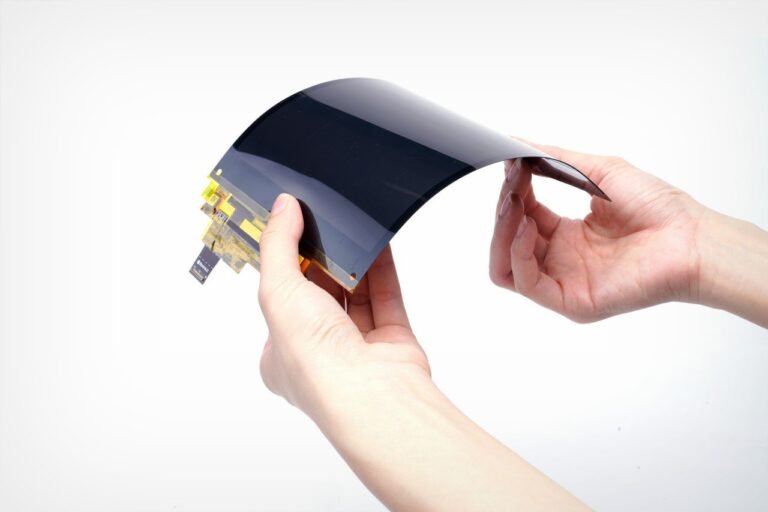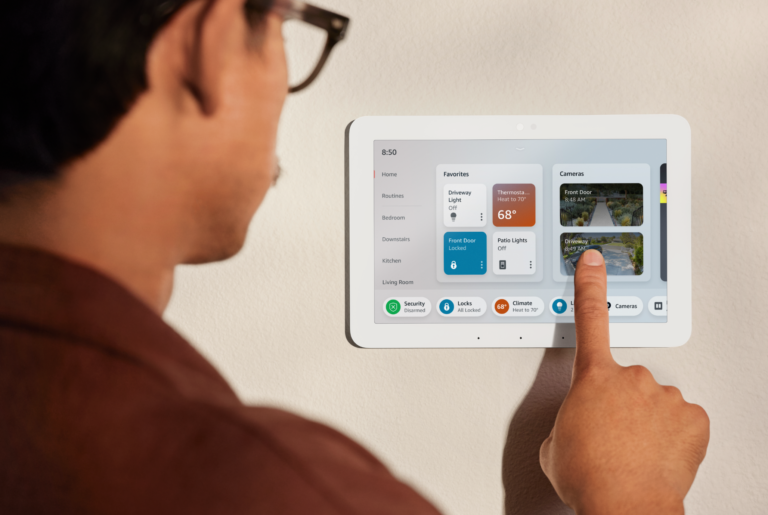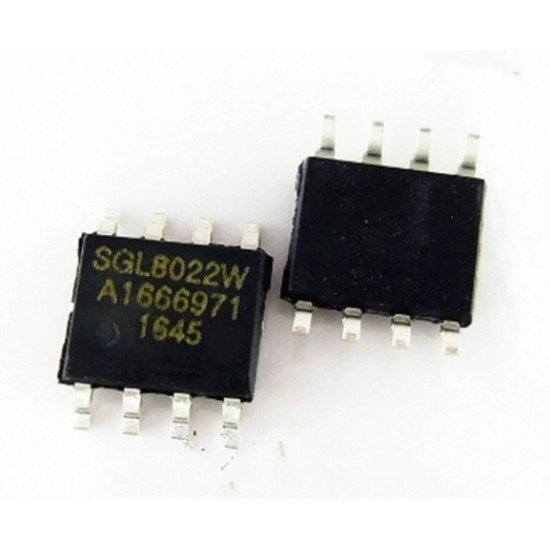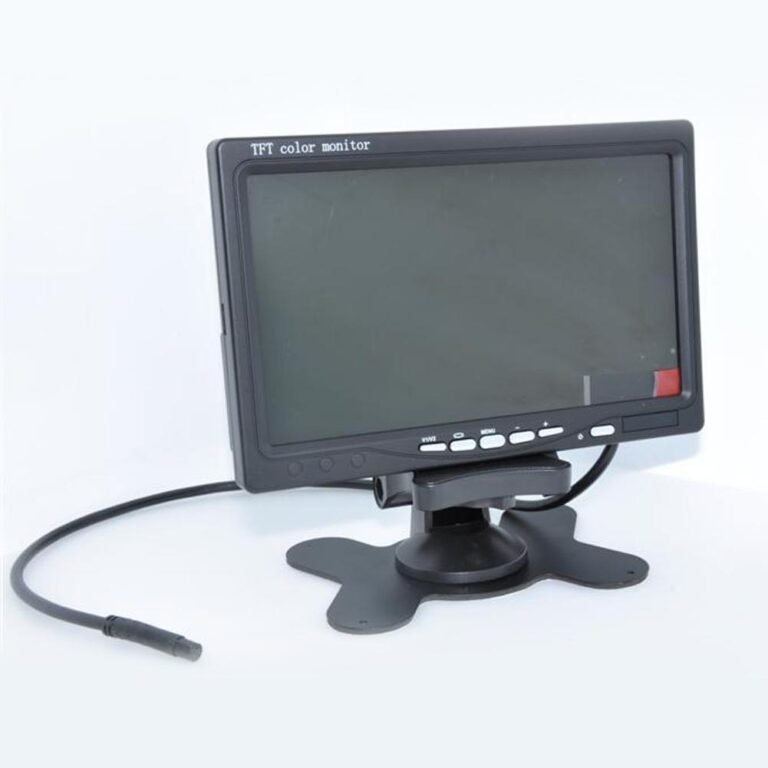The Core Concept: What Makes an LCD Screen?
LCD stands for Liquid Crystal Display, a flat-panel display technology that uses a unique state of matter—liquid crystals—to modulate light. Unlike emissive displays such as OLED or CRTs, LCDs do not produce their own light. Instead, they manipulate retroilluminazione through controlled polarization and filtering to render visible images.
At a high level, every LCD panel consists of:
- A backlight source
- A strato di cristalli liquidi sandwiched between electrodes
- Due polarizing filters
- A glass substrate embedded with thin-film transistors (TFTs)
- Color filters (for RGB rendering)
These elements work together to control how much light reaches each pixel—and what color it should be.
👉 Lettura correlata: Struttura e principio di funzionamento del display a cristalli liquidi TFT
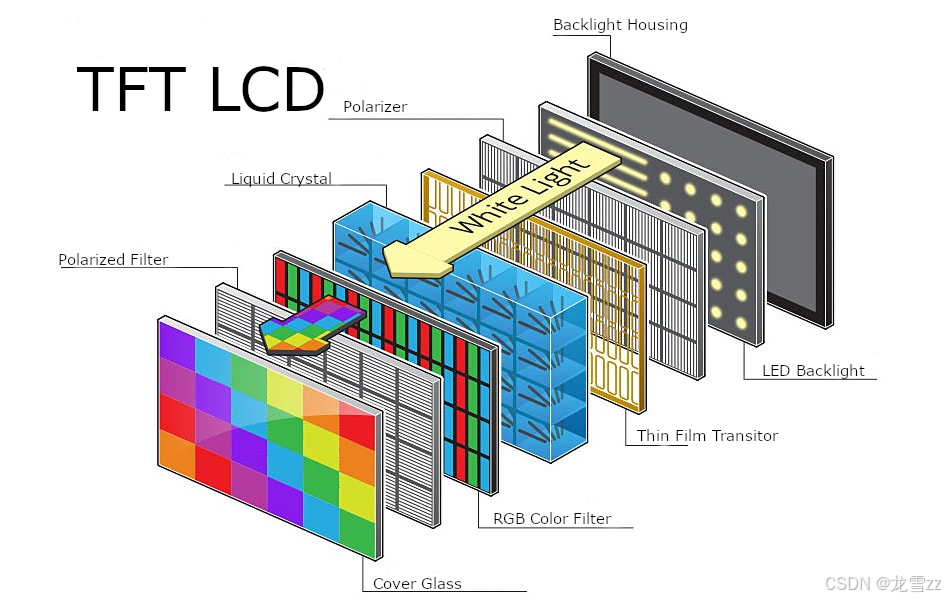
What Are Liquid Crystals?
Liquid crystals are materials that exhibit properties between those of conventional liquids and solid crystals. In LCD technology, nematic liquid crystals are the most common type used.
Their key characteristic is that they can reorient their molecular alignment when exposed to an electric field. This change affects how light passes through the layer, allowing LCDs to control brightness and contrast at the pixel level.
Without an electric field, the molecules are aligned in a twisted structure, rotating the polarized light and allowing it to pass through the final polarizer. When voltage is applied, the structure straightens and blocks light, creating darker pixels.
The Role of Backlighting in LCD Screens
Since liquid crystals cannot emit light on their own, backlighting is essential. The backlight unit (BLU) is typically located behind the LCD cell and is composed of:
- LED (most commonly white LEDs)
- Light guide plates (LGP)
- Diffusers and prism sheets
The goal is to create a uniform, bright light field across the entire display. This light will then be selectively blocked or transmitted by the liquid crystals above, depending on the desired image content.
Modern LCDs use edge-lit o direct-lit LED arrangements, and some high-end panels employ local dimming to enhance contrast.
Nel nostro catalogo sono disponibili migliaia di prodotti.
Scoprite la nostra ampia gamma di prodotti, tra cui LCD-TFT, display grafici e alfanumerici OLED, LCM, display e-paper, scanner di codici a barre (embedded, palmari, a montaggio fisso), monitor industriali, computer industriali (schede carrier, COM e SOM, sistemi embedded, computer a pannello HMI, SBC), touch screen capacitivi e resistivi e accessori (kit di sviluppo, connettori, controller, nastri FPC/FFC, connettori ZIF).
How Pixels Are Formed in LCD Displays
Each LCD screen is made up of millions of tiny units called pixel. A pixel in an LCD is not a single element—it consists of three subpixels: red, green, and blue. These subpixels are individually controlled to mix and create full-color output.
At the heart of pixel control is the Thin-Film Transistor (TFT) array, which acts like a grid of electronic switches. Each subpixel is addressed by its corresponding TFT, which regulates the voltage applied to the liquid crystals.
The more voltage applied, the more the liquid crystals align and block light—making that subpixel darker. Conversely, less voltage allows more light through. By varying this across subpixels, LCDs can display millions of color combinations.
How Color Filters Create RGB Output
Since the backlight is typically white, color filters are necessary to produce full-color images. These are patterned across the display in a fixed sequence—usually red, green, and blue stripes or delta arrangements.
Each subpixel sits beneath a filtro colore, and only allows light of that specific color to pass. By combining different brightness levels from the red, green, and blue subpixels, the display can render any color perceived by the human eye.
Ad esempio:
- Red subpixel = full voltage → blocks light → appears dark
- Green subpixel = low voltage → passes more light → appears bright
- Blue subpixel = mid voltage → moderate light → mid-tone
Together, the eye blends these into a single color pixel—perhaps yellow, purple, or white.
The Role of Polarizing Filters
Polarization is essential to LCD operation. Two polarizing layers—one at the front, one at the rear—are aligned perpendicular to one another.
In the off state, the liquid crystal layer twists the light’s polarization so it passes through both filters. When viene applicata una tensione, the crystals untwist, blocking the polarized light at the second filter. This mechanism allows the display to selectively dim or brighten subpixels based on electric input.
In “normally black” Nei pannelli (comuni nei display IPS), la tensione attiva la luminosità. Nei pannelli "normally white" (normalmente bianchi), la tensione blocca la luce. La scelta dipende dalle esigenze applicative in termini di contrasto e comportamento energetico.
Diversi tipi di tecnologie LCD
Esistono diversi tipi di pannelli LCD, ciascuno ottimizzato per esigenze specifiche:
TN (Nematico Contorto)
- Risposta rapida, costo contenuto
- Angoli di visualizzazione ristretti
- Ideale per monitor entry-level, applicazioni a basso costo
IPS (commutazione in piano)
- Eccellente consistenza cromatica e ampi angoli di visualizzazione
- Comune in dispositivi mobili, display professionali
VA (Allineamento verticale)
- Alto contrasto nativo, neri più profondi
- Utilizzato in TV, pannelli di controllo
LCD trasflettivi
- Riflettono la luce ambientale + utilizzano la retroilluminazione
- Ideale per applicazioni leggibili alla luce solare (es. strumentazione esterna)
Ogni tipo utilizza gli stessi principi dei cristalli liquidi ma modifica l'allineamento molecolare e la geometria degli elettrodi per adattarsi a diverse condizioni di visualizzazione e energetiche.
👉 Lettura correlata: Quali sono le differenze tra TN, VA e IPS?
Domande frequenti
Qual è il ruolo dei filtri polarizzanti in uno schermo LCD?
Controllano il passaggio della luce in base all'orientamento. Gli LCD utilizzano due polarizzatori incrociati e lo strato di cristalli liquidi per ruotare o bloccare la luce, consentendo il controllo della luminosità a livello di pixel.
Perché la retroilluminazione è necessaria negli schermi LCD?
I cristalli liquidi non emettono luce. La retroilluminazione fornisce una fonte luminosa uniforme che viene modulata selettivamente per formare immagini. Senza di essa, lo schermo rimarrebbe oscuro.
Come produce diversi colori uno schermo LCD?
Combinando sottopixel rosso, verde e blu - ciascuno con il proprio filtro colore e controllo della luminosità - gli LCD possono mescolare la luce in diverse intensità per formare immagini a colori completi.
Quali sono i vantaggi della tecnologia LCD rispetto ad altri display?
Gli LCD sono energeticamente efficienti, convenienti e maturi. Offrono buona luminosità, nitidezza e lunga durata, specialmente se abbinati a retroilluminazione LED.
Quali sono i diversi tipi di schermi LCD?
TN, IPS, VA e Trasflettivi sono tipologie comuni - ciascuna adatta a diversi casi d'uso che spaziano da monitor economici a display leggibili alla luce solare e schermi di alta gamma con precisione cromatica.



